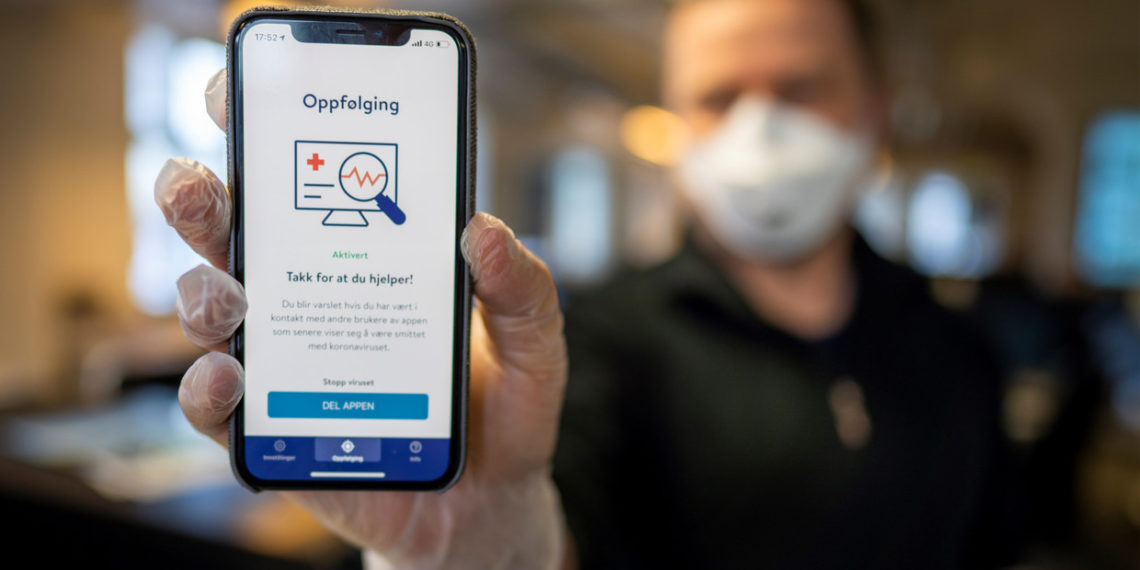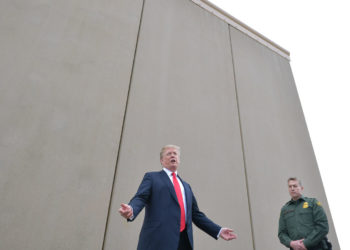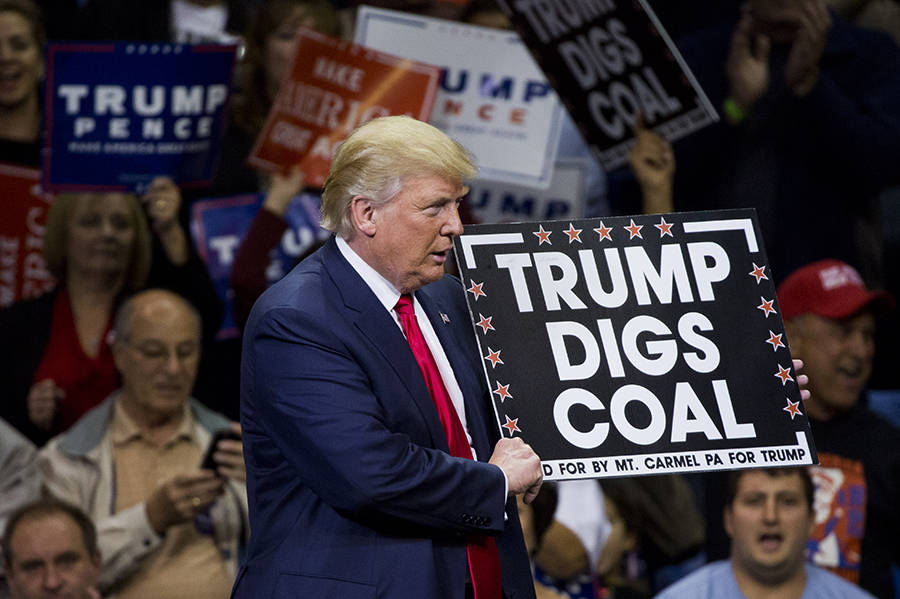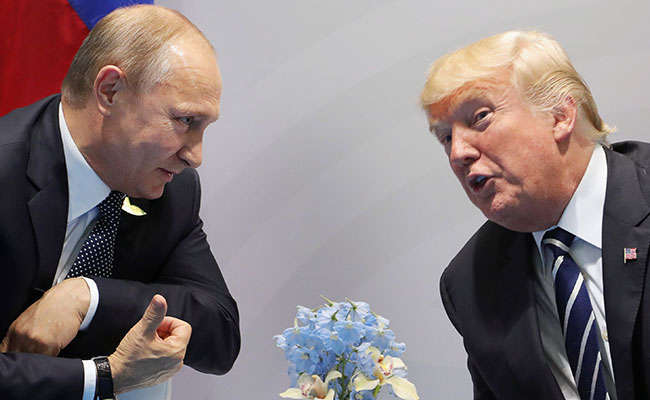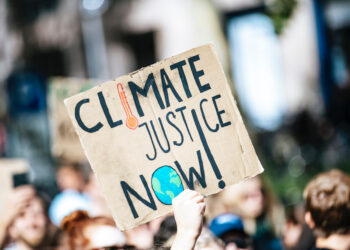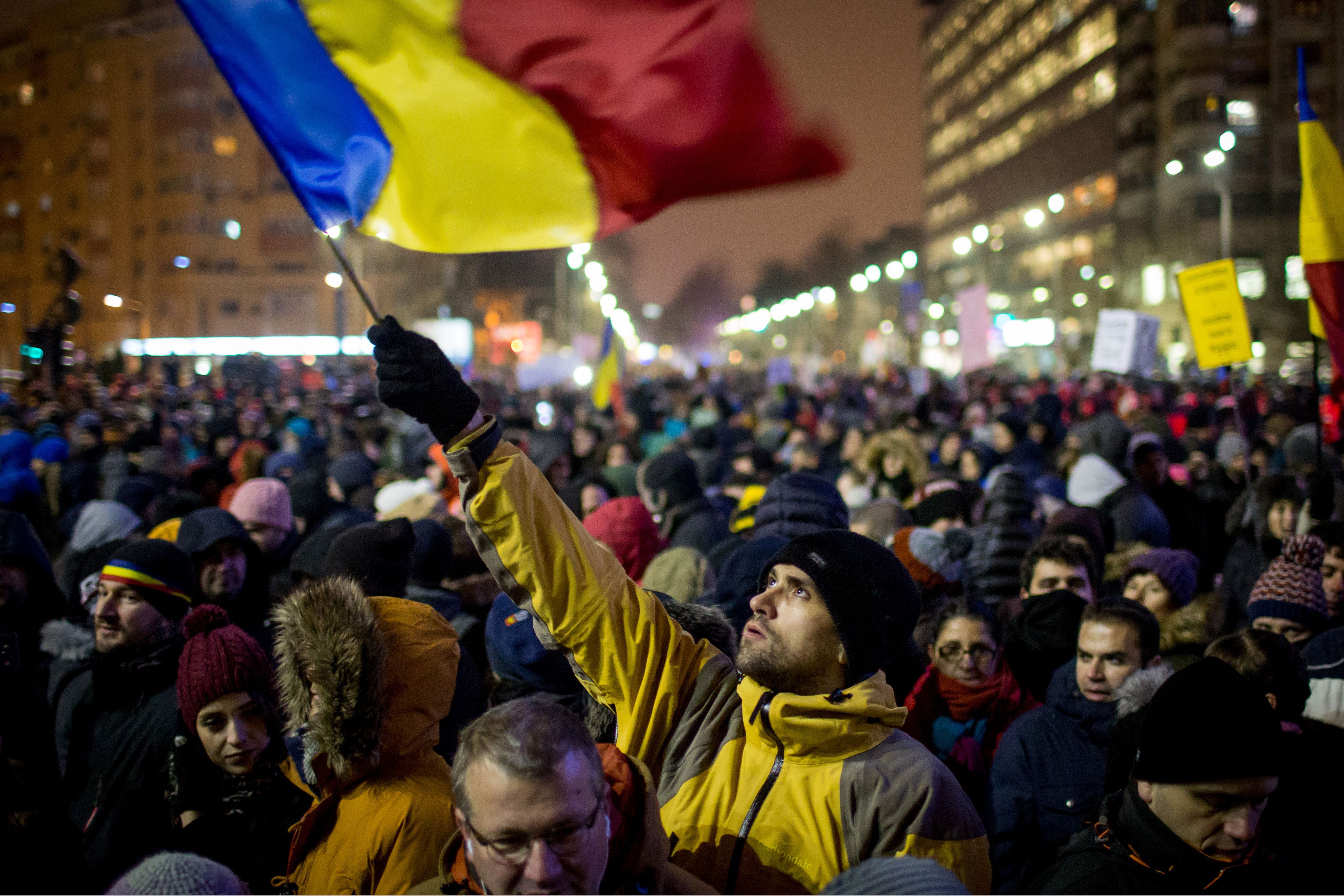New Zealand’s last hospitalized COVID-19 patient headed home on May 27. It was also the fifth consecutive day the country reported no new coronavirus cases. Meanwhile, in the US, long-shot technology is viewed as the only escape. And that escape took the form of contact tracking delivered by Silicon Valley.
Google Android and Apple iOS – which account for a combined 99 percent of the whole smartphone market – are rolling out tracing features. The remarkable joint effort of the two giants aims to help governments and health agencies slow the spread of the coronavirus.
In North and South Dakota, there is Care19. In Seattle, the University of Washington has released the CovidSafe app. Utah has launched the Healthy Together app. All these are meant to be opt-in, and all are based on two foundational technologies: Bluetooth and location services.
How Does Contact Tracing Work?
A phone broadcasts a short string of numbers – a unique token. When two phones are within a certain distance of each other for five minutes or more, tokens are swapped. The location data derived from GPS and Wi-Fi signals can also be used to timestamp our locations. If someone nearby were to tested positive for COVID-19, I would get an automatic alert: “You are at high risk of having the virus!”
But what to do with that piece of information? Do I stop going to work? Will my employer accept a screenshot from my app and pay for my quarantine time? Do I go to a testing site to verify my status? Where should I go, and who will pay for testing when I am still asymptomatic?
And if I ignore the advice of the app and deliberately choose to hang out in restaurants and bars, will I be subject to prosecution for negligence and held responsible for someone else’s death? With such unclear legal implications, why would anyone willingly download such an app in the first place?
It’s been shown that upwards of 60 percent of the population would need to opt-in for these systems to be effective.
In Utah, about 48,000 people have downloaded the Healthy Together app as of May 22. That’s about 1.5 percent of the state population of 3.2 million. Is it any wonder, then, that in San Francisco, the very heart of the Bay Area where Big Tech was hatched, a low-tech approach is being ramped up? There will be no smartphone tracking apps, but only voluntary, in-depth phone interviews with COVID-19-positive patients about their recent interactions with friends, neighbors, and colleagues.
US Piecemeal Reform
But a real question remains. Why would America be exceptional when smartphone tracking apps have been shown to work effectively in Taiwan and South Korea?
It’s not the difference in culture. It’s not even the fear of a new surveillance era, of which the famed historian Yuval Noah Harari has warned that “people could look back in 100 years and identify the coronavirus epidemic as the moment when a new regime of surveillance took over.” It’s merely the US’ inability to mount any cohesive policy response. Every reform is piecemeal. Everyone can hold onto their own opinions, regardless of their subject expertise.

New Zealand, where democracy is cherished, implemented a full lockdown involving the closure of schools and non-essential workplaces, a ban on social gatherings, and severe travel restrictions. It imposed the lockdown when it only had 102 cases and zero deaths.
But precisely because of its early, forceful intervention, like it was treating cancer, the country stopped at 1,500 confirmed cases, with 20 deaths in total. And like cancer, COVID-19 will spread unless it is eliminated early. The further it spreads, the harder it will be to contain, until it becomes impossible to control and we can only accept it as a chronic situation. Mitigation and suppression pit human lives against economic imperatives. So, the US is reopening its economy.
China’s Approach
One place where government intervention works but everyone outside it disagrees on that approach is China. But a close friend happened to live in Beijing in the last few months. “It all moves very fast. I was first confined at home for the Chinese New Year holidays and the weeks after that,” he said. “Then, in the first week of March, almost suddenly, we could go back to our offices. But boy, nothing looks the same.”
He sees strict temperature measuring at every building entrance. Everyone is wearing face masks, and he needs to show the color of his QR code every now and then. Green means he is free to go anywhere, while yellow means a 7-day quarantine, and a red one requires a 14-day quarantine. “It’s like our new passport.”
That QR code system had been pioneered by e-commerce giant Alibaba at its Hangzhou headquarters. Virtually all major cities in China had adopted a similar system by the end of February, going with either Alibaba’s Alipay or Tencent’s WeChat Pay. Together, the two mobile payment systems control more than 93 percent of the market share in China. Yet the scale of adoption of the tracing app is only half of the story.
In the first week of the Chinese New Year, just when the infection rate was exploding, the Beijing government partnered with AI venture Megvii to work on a new body-temperature scanning system for large crowds in the subway. With a combination of facial recognition and infrared technology, checking the temperatures of 15 people and recording the results only takes one second. The second half of the story was the rolling out of the backend technologies that our friend didn’t see.
The combination of scale, speed, and an intelligent system to identify at-risk individuals explain the plummeting rate of new infections. It’s become so safe in Hangzhou that since March 21, it has no longer been necessary to show a green QR code to get on a subway station, enter a shopping mall, or check-in at a hotel. When armed with data, policymakers don’t second-guess decisions. They know what works and why. Beijing and Shanghai, however, are different.
#BacktoWork Xiangyang, a city in China's Hubei province, has gradually restored some commercial activities. Citizens can enter or leave the communities, supermarkets, farmers' markets and other business sites with #Hubei health QR code. #China #COVID_19 pic.twitter.com/HNcwDaY8So
— China Daily (@ChinaDaily) March 26, 2020
“I was one of the unlucky ones, I suppose,” our friend said. As he happened to live in Chaoyang, a residential area in the central business district, new cases were found when several Chinese students returned from overseas.
“The area went into an immediate lockdown once that became known. My QR code went from green to red.” Even though he had his own apartment to stay in, he was brought by the management company of his residence to a government-run central quarantine facility. “I was furious. Fourteen days is a long time!” he said. “But the facility was a hotel. It was unused anyway. I guess we have no choice.”
“What do you mean?” one of us asked.
“We Chinese are afraid of dying.” He paused. “We obsess over the case numbers. I am accepting the technologies.” His voice sank to a whisper. “Of course, the government knows everything. But I don’t want to die. Life is so full of possibilities. It only takes fourteen days, and then I can go out again. Staying in a hotel doesn’t seem like a big deal to me. I was fed, and there was the internet, but I might be a coward.”
He cleared his throat. “Maybe the Europeans and Americans are braver. I don’t know. They seem to be willing to put their loved ones at risk rather than give up any freedoms. I don’t know. I can’t imagine if my parents were infected.”
Masks, temperature checks, government-endorsed contact-tracing apps, intelligence technologies, and citizens’ vigilance appear to be foundational to a risk-free reopening.
Melinda Gates recently suggested policymakers in America must learn from others:
“You know, if we were doing the things that the exemplar countries are doing, like Germany, we would be testing … And we’d be doing contact tracing, and we would be able to start thinking about slowly, slowly reopening places in society in safe and healthy ways.”
But learning from others is exactly what the current administration doesn’t. And if science and technologies aren’t in place, contact tracing is out. Exactly how much death a first-world country is willing to endure to prop up the stock market is a question that future historians will forever marvel over.
Disclaimer: The views and opinions expressed here are those of the author and do not necessarily reflect the editorial position of The Globe Post.

